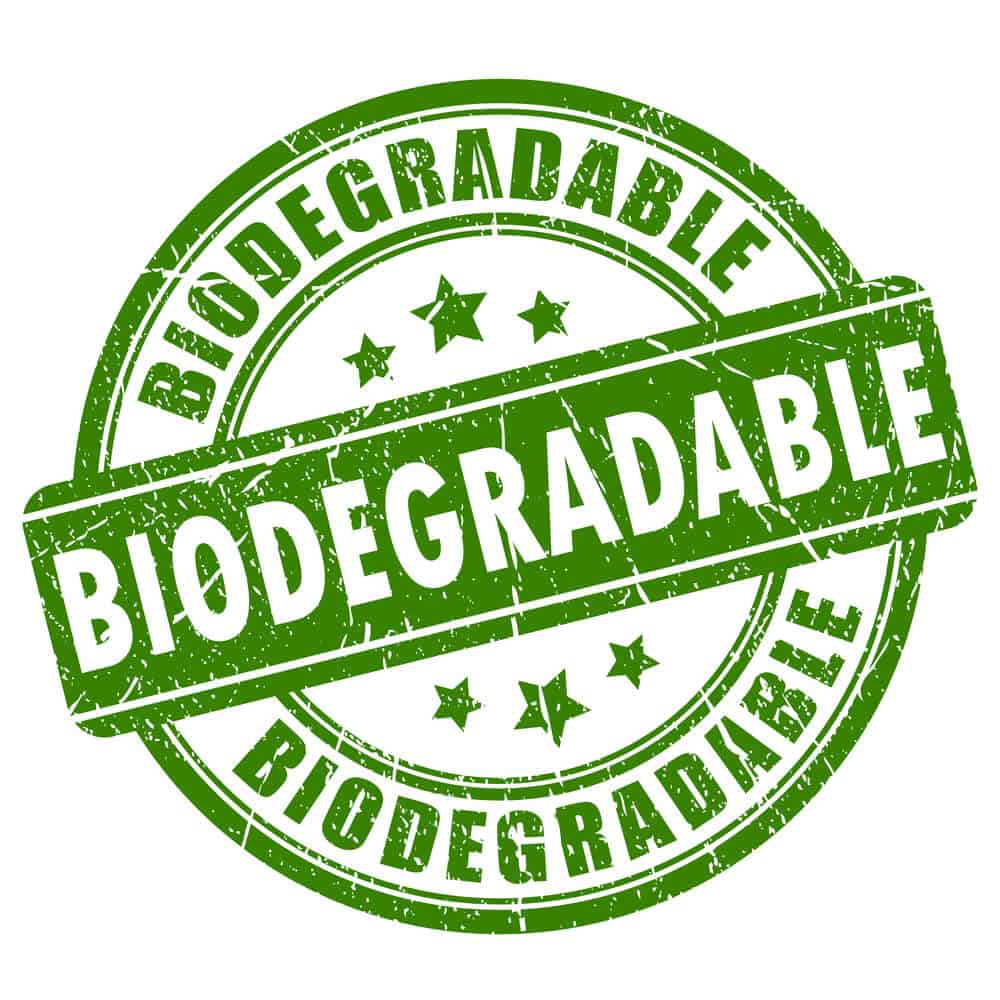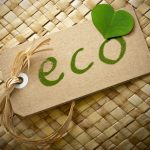As a zero-waste advocate, I often demand a smaller carbon footprint from my best local restaurant.
But for sustainable packaging, I tend to think that eco-friendly and biodegradable products are all the same. They aren’t.
Like me, most people use these two terms together. And this begs the question; does eco-friendly mean biodegradable? So, to get everything straight once for all, I decided to determine whether it’s the same thing.
The coolest thing is that businesses are trying, now and then, to provide us with more sustainable solutions.
The main goal being – to reduce more waste or rather biodegradable and eco-friendly goods.
Let’s investigate!
Does Biodegradability Mean Environmentally Safe?
Yes – and no. Biodegradable products have benefits and downsides on the environment. It all depends on how you dispose of them.
But again, the question becomes more complicated when we consider quantities and conditions.
Biodegradability is the ability of materials and substances to decompose and break down naturally into the innocuous matter, water, and carbon dioxide.
Some things may take a shorter time to decompose completely; hence they’re environmentally safe.
Other things may take thousands of years. According to the study, all biodegradable items shouldn’t go to landfills.
Otherwise, some biodegradable plastic material may leave traces and chemicals that are bad for the environment.
In fact, some biodegradable items may not decompose at all. So if you completely bury them in a landfill or bin with little to no exposure to heat, bacteria, oxygen light, and moisture, then that’s a problem for the environment.
There are three different types of biodegradability:
- Bio-compostable
- Oxo-degrade
- Landfill biodegradable
What Are The Differences Between Eco-Friendly And Biodegradable?
As mentioned, biodegradable means that a product can break down into natural elements, water, and carbon dioxide by organisms like bacteria or fungi or living things.
Good examples include brown paper, plants, food, bamboo toothbrush, and cardboard.
On the other hand, eco-friendly means “not harmful to the environment” or earth-friendly – says Merriam-Webster.
The goal intent focuses on creating a safe environment.
What are the properties of biodegradable products?
- Ability to break down relatively quickly and safely
- Should consume less water and energy during their manufacture
- Reduction of carbon footprint levels
- Solids should decompose into the soil and liquid into water
It means everything from production and manufacturing to packaging and usage needs to be environmentally safe for products.
You can become more eco-friendly by planting trees, practicing conservation, using natural and organic-related products, and become more aware of your carbon footprint.
Properties of eco-friendly products include:
- They should be biodegradable
- You should be able to reuse and recycle them
- Environmentally preferable
- Made of sustainable materials
Another difference is that not all biodegradable items are eco-friendly.
Although some manufacturers claim that biodegradable products are environmentally safe, that seems not to be true.
In reality, they don’t consider the time these materials take to decompose.
For instance, some plastic bags do biodegrade, but it will take years. In addition, plastic contains some chemicals that can harm soil and water.
Biodegradable isn’t 100% eco-friendly.
Is Eco-Friendly Better Than Biodegradable?
Yes, eco-friendly is better. However, remember that not all biodegradable is good for the environment.
For example, plastic materials can be biodegradable but aren’t safe on the planet.
Even if some things biodegrade, they have to be put in a landfill or left out in the open.
This poses a challenge.
While biodegradable items are environmentally friendly options, there are several downsides.
First, should you dump these products into landfills, they get buried. In most cases, beneficial bacteria may not survive buried underneath since there’s no sufficient oxygen.
Sadly, the products will break down anaerobically. This means “without oxygen.” As a result, they’ll create methane, which is a dangerous gas to the environment.
Another thing that makes eco-friendly better than biodegradable is the fact that many eco-friendly products are compostable.
However, not all biodegradable material is compostable.
There are three significant issues with biodegradable items;
- Biodegradability is questionable hence not always eco-friendly.
- Biodegradable products aren’t cheap for the consumer as suppliers regard them as environmentally safe. For example, disposable diapers will cost you less than biodegradable diapers.
- Many companies claim to make biodegradable products. They use the label ‘biodegradable’ despite them knowing the product is not 100% eco-friendly.
We should consider eco-friendly options. This matters to businesses as well. As a result, you’ll achieve a zero-waste environment.
Bottom Line
While there are differences between eco-friendly and biodegradable, they’ve different impacts on the environment.
It all comes down to how you’re disposing of your products.
Eco-friendly items are the way to go. But, all in all, the term biodegradable is only relevant and meaningful if using it truly keeps the environment safe.



